Vidyadhar Bagh, nestled in the heart of Jaipur, offers an oasis of tranquillity amidst the bustling energy of Rajasthan’s capital. This meticulously planned garden represents the architectural and horticultural prowess of the bygone era. Constructed in the 18th century, Vidyadhar Bagh stands as a testament to Jaipur’s rich cultural heritage and the aesthetic vision of its creator, Vidyadhar Bhattacharya, who also designed the city of Jaipur.
The Visionary Behind Vidyadhar Bagh
Vidyadhar Bhattacharya, an accomplished architect and town planner from Bengal, received an invitation to Jaipur from Maharaja Sawai Jai Singh II. He played a pivotal role in the conceptualization and execution of Jaipur’s urban design, which seamlessly combined Vedic architecture with elements of Mughal and Rajputana styles. His vision for Vidyadhar Bagh extended beyond just a garden; he aimed to create a serene retreat that would reflect the harmony of nature and architecture.
The Historical Significance of Vidyadhar Bagh
Vidyadhar Bagh holds immense historical importance as it represents the early 18th-century garden planning in India. Unlike other gardens of the time, which were primarily built for pleasure and leisure, Vidyadhar Bagh was designed as a residence for the architect and a place of meditation. Its design drew inspiration from the Persian Charbagh layout, which symbolizes the four gardens of paradise described in Islamic texts. This garden not only served as a personal retreat for Vidyadhar but also as a place where the Maharaja could hold meetings and plan the future of Jaipur.
Architectural Marvels of Vidyadhar Bagh
The garden’s architecture seamlessly blends Mughal, Rajasthani, and Persian styles, creating a unique visual experience. The central pavilion, adorned with intricate frescoes and latticework, stands as the focal point of Vidyadhar Bagh. These pavilions showcase the use of pink sandstone, a signature material in Jaipur’s architecture. The arches, columns, and jaali (lattice) work reflect the Mughal influence, while the chhatris (domed pavilions) and decorative motifs draw from Rajput traditions.
The garden’s layout follows the Charbagh concept, dividing the space into four quadrants, symbolizing the four elements of nature: earth, water, air, and fire. Each quadrant houses a variety of trees, plants, and shrubs, carefully chosen to represent the diverse flora of the region. The garden’s pathways, lined with blooming flowers and shaded by fruit trees, lead visitors to the various pavilions and water bodies, creating a journey that engages all the senses.
The Botanical Treasures of Vidyadhar Bagh
Vidyadhar Bagh showcases a rich collection of flora, reflecting the botanical diversity of Rajasthan and the neighbouring regions. The garden houses several varieties of indigenous and exotic plants, making it a paradise for nature enthusiasts. Mango, pomegranate, and guava trees offer a delightful contrast to the flowering shrubs and seasonal blooms that add colour to the landscape.
The garden’s well-maintained lawns and flower beds feature a variety of roses, marigolds, and jasmine, whose fragrance fills the air. The presence of medicinal plants such as tulsi and neem reflects the traditional Indian practice of incorporating herbal remedies into everyday life. These plants not only add aesthetic value but also underline the garden’s role as a space for healing and rejuvenation.
Water Features and Their Significance
Water features play a crucial role in Vidyadhar Bagh’s design, enhancing its beauty and providing a cooling effect in the arid climate of Rajasthan. The garden’s layout includes several water channels, fountains, and pools that mirror the sky, adding a sense of tranquillity and serenity. These water features follow the Persian garden tradition, where water symbolizes life and purity.
The central water channel, lined with marble and decorated with lotus blooms, connects the various pavilions, creating a sense of continuity and flow. The sound of flowing water, combined with the rustling of leaves and the chirping of birds, creates a soothing ambience, making Vidyadhar Bagh a perfect place for meditation and reflection.
Cultural and Social Relevance
Vidyadhar Bagh holds significant cultural and social relevance in Jaipur’s history. The garden served as a venue for royal gatherings, intellectual discussions, and cultural performances. The pavilions hosted poets, musicians, and scholars, who contributed to the vibrant cultural life of the city. The garden’s serene environment provided a perfect setting for these activities, fostering creativity and intellectual exchange.
The garden also played a role in the social life of Jaipur’s elite. It served as a venue for festivals and celebrations, where the city’s nobility and their guests could enjoy the beauty of nature in a private and exclusive setting. These gatherings reinforced the garden’s status as a symbol of power, prestige, and cultural sophistication.
Restoration and Conservation Efforts
Over the centuries, Vidyadhar Bagh faced the challenges of neglect and natural decay, leading to its gradual deterioration. However, recognizing its historical and cultural significance, the government and heritage conservationists initiated restoration efforts in the late 20th century. These efforts aimed to preserve the garden’s architectural features and restore its original beauty, ensuring that future generations could appreciate its splendour.
The restoration process involved careful research and documentation of the garden’s original layout and design elements. Skilled artisans and craftsmen worked to repair the damaged structures, recreate the frescoes, and restore the water features. The replanting of indigenous trees and plants was done in alignment with the garden’s original botanical scheme, maintaining the authenticity of the landscape.
Visitor Experience at Vidyadhar Bagh
Today, Vidyadhar Bagh welcomes visitors with its well-preserved beauty and tranquil ambience. The garden offers a peaceful retreat from the city’s hustle and bustle, allowing visitors to connect with nature and history. As you stroll through the pathways, the garden reveals its many charms, from the intricately designed pavilions to the vibrant floral displays and soothing water features.
Visitors can explore the garden at their own pace, discovering the various pavilions and enjoying the scenic views of the surrounding hills. The garden’s layout encourages exploration, with each turn revealing a new perspective of the landscape. The central pavilion offers a vantage point where visitors can take in the entire garden, appreciating the symmetry and balance of its design.
The garden also provides a space for meditation and relaxation, where visitors can sit under the shade of ancient trees and listen to the sounds of nature. The presence of birds and butterflies adds to the garden’s charm, creating a lively and vibrant environment that changes with the seasons.
Best Time to Visit Vidyadhar Bagh
The best time to visit Vidyadhar Bagh is during the cooler months, from October to March when the weather is pleasant and the garden is in full bloom. The mild temperatures allow visitors to explore the garden comfortably, enjoying the vibrant colours and fragrances of the flowers. The winter months also coincide with the blooming season for many of the garden’s plants, adding to the visual appeal.
Early mornings and late afternoons offer the best light for photography, capturing the garden’s beauty in the soft glow of the sun. The golden hour, just before sunset, bathes the garden in a warm light, highlighting the intricate details of the architecture and the vibrant colours of the flora.
How to Reach Vidyadhar Bagh
Vidyadhar Bagh is conveniently located in Jaipur, making it easily accessible by various modes of transport. The garden lies about 8 kilometres from the city centre, near the Sisodia Rani Garden, another historic landmark of Jaipur.
By car or taxi, visitors can reach the garden within 20 minutes from the city centre. The well-maintained roads ensure a smooth and comfortable journey. For those preferring public transport, local buses and auto-rickshaws provide regular services to the garden. The nearest railway station is Jaipur Junction, located approximately 10 kilometres away, while the Jaipur International Airport is about 15 kilometres from the garden.
Nearby Attractions
Vidyadhar Bagh’s location offers easy access to several other attractions in Jaipur, allowing visitors to plan a day of exploration. The Sisodia Rani Garden, located nearby, shares a similar historical background and offers a complementary experience with its beautiful layout and architecture.
The Galta Ji Temple, also known as the Monkey Temple, lies a short distance away and is famous for its natural springs and religious significance. Visitors can also explore the heritage sites of Jaipur, including the Amer Fort, City Palace, and Hawa Mahal, all of which are within a short drive from Vidyadhar Bagh.
Travel Tips for Visiting Vidyadhar Bagh
- Dress Comfortably: Wear comfortable clothing and footwear, as you walk and explore the garden. Light, breathable fabrics are ideal for the warm weather.
- Carry Water: Bring a bottle of water to stay hydrated, especially during the warmer months. Although shaded areas offer relief, the garden’s open spaces can get quite sunny.
- Photography: Don’t forget your camera or smartphone to capture the garden’s beauty. The garden offers many picturesque spots, particularly around the pavilions and water features.
- Respect the Environment: Help preserve the garden’s beauty by not littering and following the guidelines provided by the authorities. Avoid touching the plants or disturbing the wildlife.
- Plan Ahead: If you wish to visit nearby attractions, plan your itinerary to make the most of your day. Combining a visit to Vidyadhar Bagh with other sites can provide a richer cultural experience.
Conclusion
Vidyadhar Bagh stands as a living testament to Jaipur’s rich history and architectural brilliance. The garden, with its meticulously planned layout and serene environment, offers a unique blend of nature, art, and history. Whether you are a history enthusiast, a nature lover, or simply looking for a peaceful retreat, Vidyadhar Bagh provides an experience that resonates with the soul.
A visit to Vidyadhar Bagh allows you to step back in time and witness the vision of Vidyadhar Bhattacharya, whose legacy continues to inspire and captivate. The garden not only reflects the grandeur of Rajasthan’s past but also serves as a reminder of the importance of preserving our cultural and natural heritage for future generations.
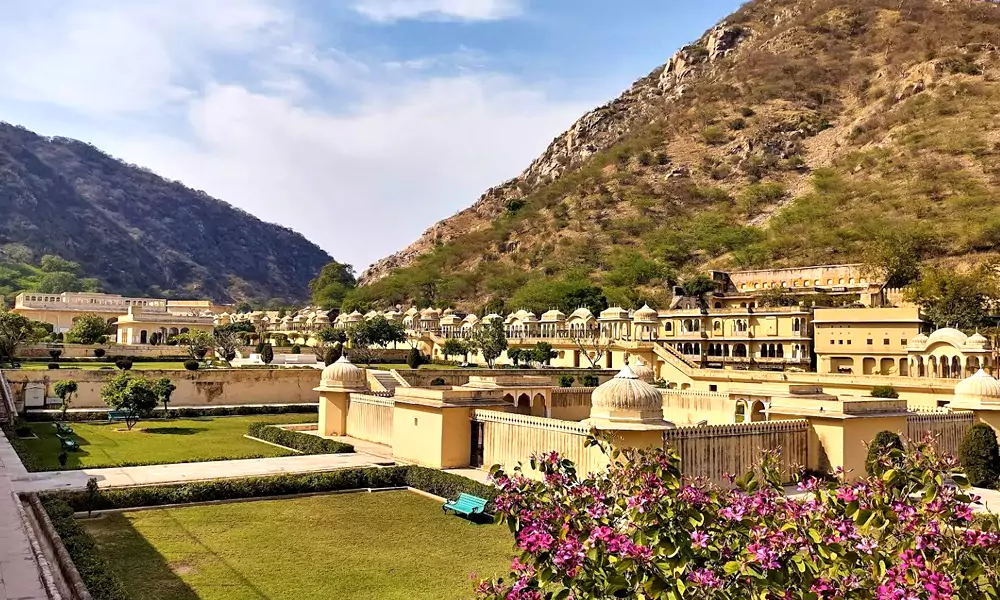
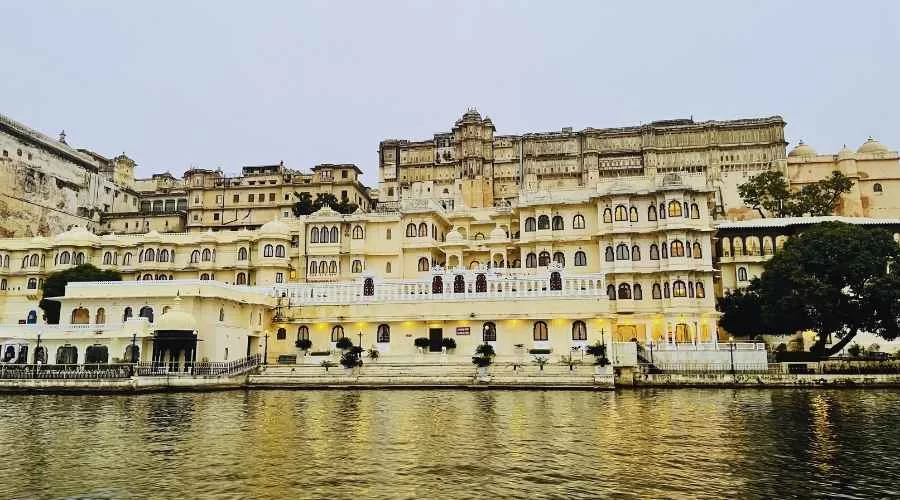
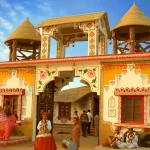

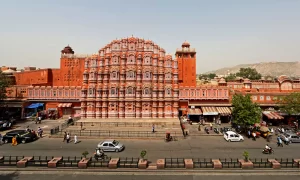
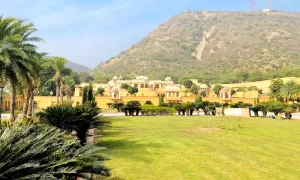
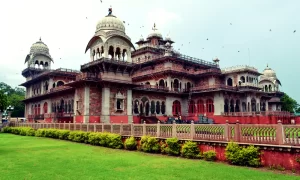




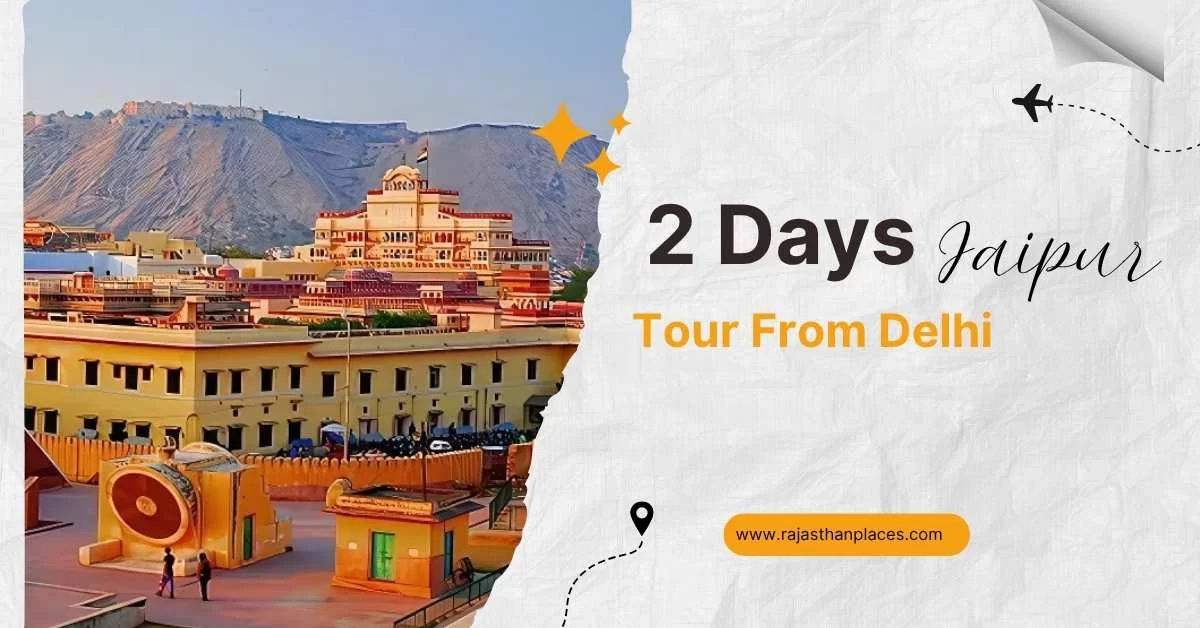





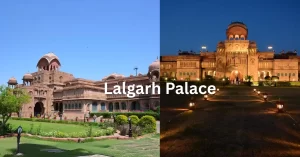





Leave a Comment